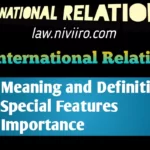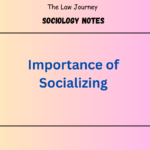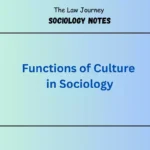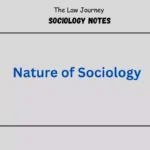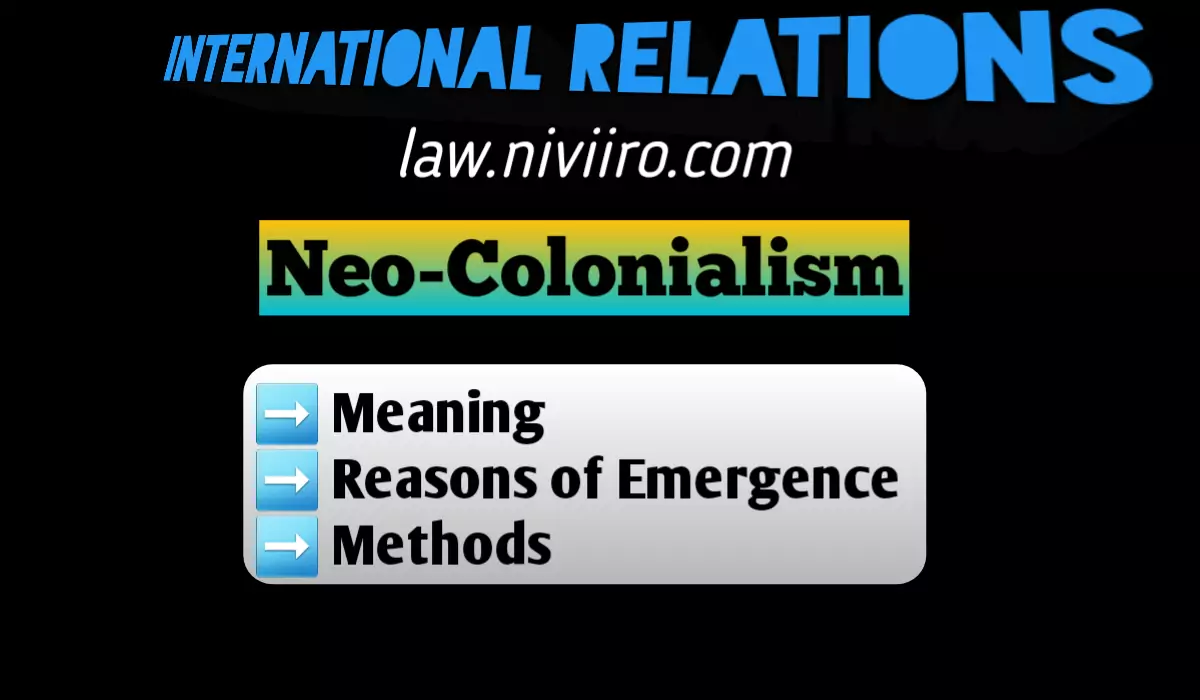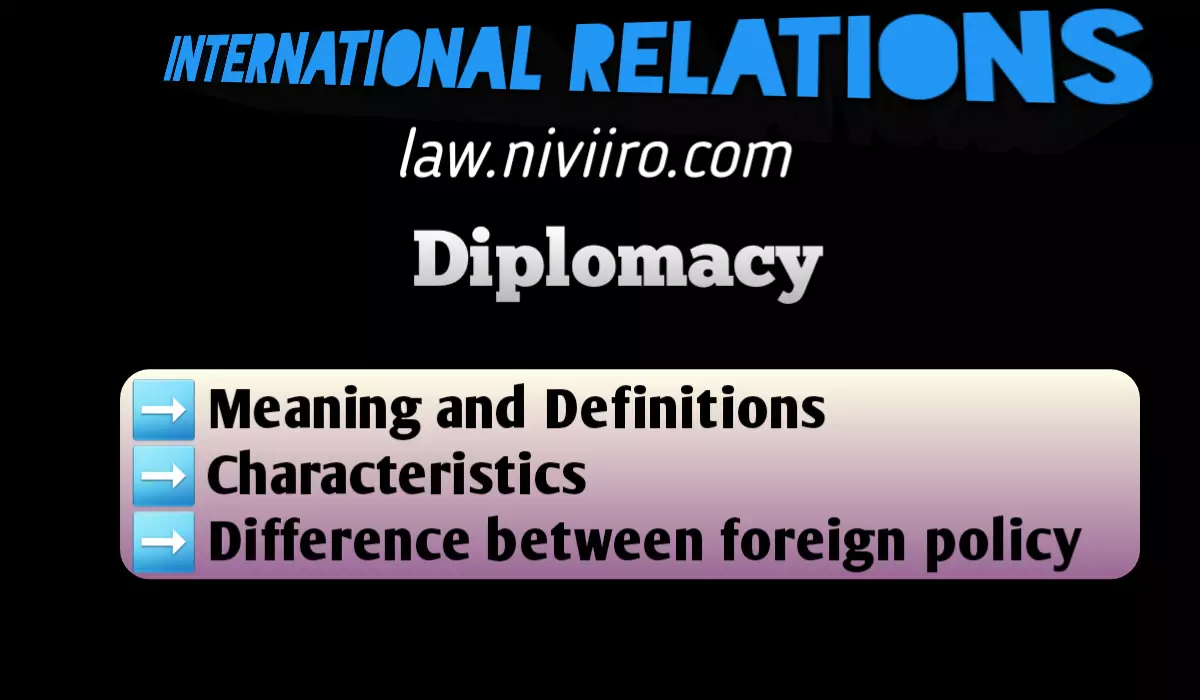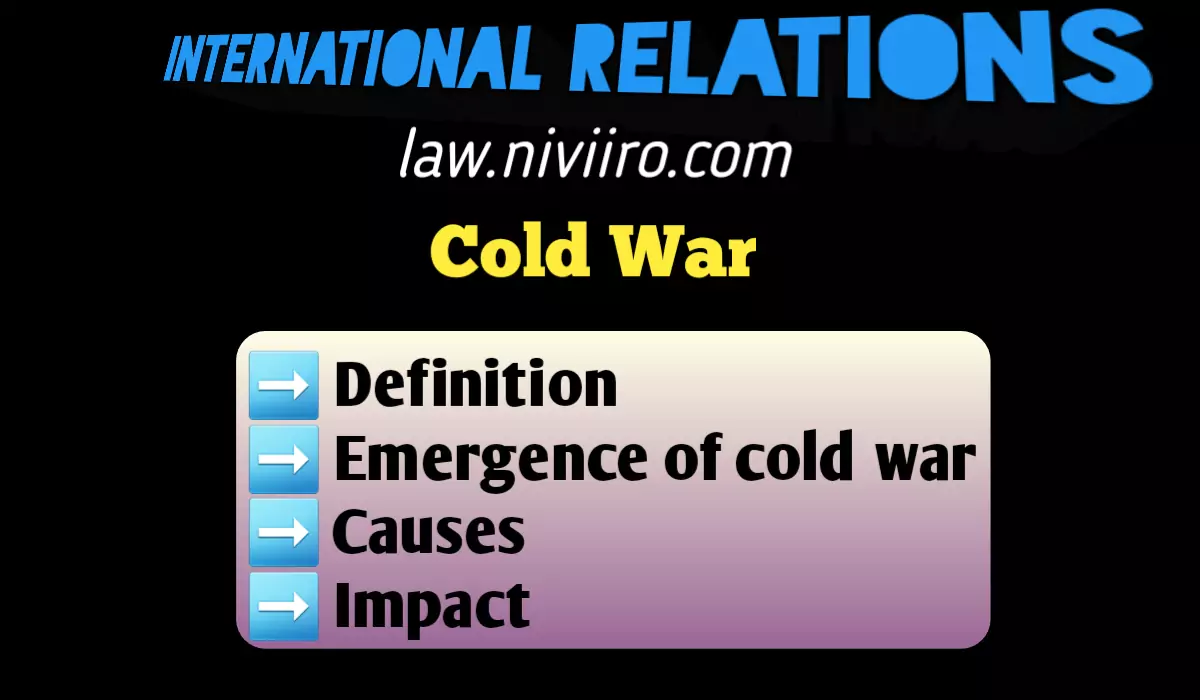Introduction
(Cold War) Like the First World War, the Second World War profoundly changed the global landscape. A non-European power—the USA—became a deciding force in world politics for the first time in the history of international relations. The USA and the USSR both become major nations.
Due to their ability to act, meddle, and move their armed troops anywhere in the world, these two states are regarded as super powers. Under the direction of the USA and the USSR, the world was split into two blocs. The “East and West Conflict” and “Cold War” refer to the struggle between these two parties to fortify their own blocs while taking measures to weaken the other bloc without resorting to open hostilities.
(The term ‘Cold War’ was first used by Bernard Baruch) an American statesman who in a speech to South Carolina Legislature on April 16, 1947 said, “Let us not be deceived, we are today in the midst of a Cold War.” With his small book of the same name, in which he characterised the situation that had formed between the western nations and the Soviet Union, Walter Lipman coined the phrase and popularised it in 1947.
Definitions of Cold War
The ‘Cold War’ has been defined by Florence Elliott and Michael Summerskill in a Dictionary of Politics as “a state of tension between countries in which each side adopts policies designed to strengthen itself and weaken the other, line following short of actual hot war.”
An per K.PS. Menon, “Cold War as the world has experienced was a war between two ideologies (Capitalism and Communism), two systems (bourgeois democracy and proletarian dictatorship), two blocs (NATO and Warsaw Pact). two states the USA and the USSR) and two personalities (John Foster Dulles and Stalin). In fact, Cold War has been basically a war of nerves between the USA and the USSR but its effects have been so widespread that we can describe the post-war era of international relations as an era of Cold War.”
Joseph Frankel says, “The Cold War may be regarded as a sparring match between the the giant states, a succession of moves and of counter-moves. Cold War embraces all phenomena pertaining to the conflict between communism and democratic ideologies as well as the protagonists, the Soviet Union and the United States and the two blocks led by the Super Powers; nuclear deterrence is an important strategic aspect of the situation.
As the term most aptly expresses, it is neither peace nor war, a conflict which cannot be easily ended by mutual compromise and accommodation or by the use of force, as conflicts were traditionally settled in the past.”
A condition of persistent conflict and turmoil that is maintained and sustained without a direct armed battle between the adversaries is what the term “Cold War” means in the context of international politics. It has also been defined as “a state of intensive competition, political, economic and ideological, which yet fall below the threshold of armed conflict between states.” Throughout the bipolar war known as the Cold War, both sides used indirect attempts to exert pressure by amassing sophisticated weapons against one another in an effort to dominate the other.
Each of these attempts was perceived by the opposing side in the context of its own policy, which resulted in retaliation and subsequent hostile replies from the opposing side.
Nature of Cold War
The Cold War’s characteristics include direct major military conflict in small areas, strong diplomatic confrontation, propaganda war, economic warfare, and war through proxy. A diplomatic conflict is the Cold War. In a Cold War, hostilities are ongoing while maintaining diplomatic relations in times of calm. Cold War gives off the impression that a hot war could break out at any moment.
The tension brought on by the creation of the East and West blocs was what led to the Cold War. Peace or war, the Cold War was neither. It wasn’t an armed conflict; rather, it was an ideological, propaganda, and diplomatic battle.
Characteristics of Cold War
(1) The Cold War was a total collapse of ties between erstwhile allies; despite the fact that each responded to and imitated the other’s conduct, no attempt was made to open a political conversation or find a peaceful resolution to the conflict.
(2) The establishment of a significant arms race between the two blocs led to the Cold War. The Cold War was an extremely deadly sort of conflict because both blocs acquired nuclear weapons in large numbers as a result of the discovery of the atom bomb.
(3) The Cold War between the Super Powers was fought in practically every country in the world, not just in one area like Europe or Asia. The United States and the Soviet Union started interfering in other nations’ conflicts to gain whatever advantages they could in their attempts to broaden their areas of influence for political, strategic, ideological, and economic reasons.
Assumptions of Cold War
The Cold War was based on a number of assumptions.
They are:
(1) The military might of the Soviet Union posed the main threat to international peace.
(2) The inevitable clash between socialist and capitalist nations, which compelled the states of both blocs to maintain a posture of perpetual readiness for a decisive confrontation.
(3) States with various social systems are unable to cooperate.
(4) The propensity of the West to view all socialist movements as subversive.
(5) The conflict between the West and the East is one between freedom and oppression.
Related Post
- National Power | Definitions | Forms | Methods
- Emerging trends in international relations
- Relation between RTI and democracy
- Nature and scope of International Relations
- Legal History Notes
- RTI notes
- Political Notes
- Law of Torts notes
Definitions of Cold War ?
The ‘Cold War’ has been defined by Florence Elliott and Michael Summerskill in a Dictionary of Politics as “a state of tension between countries in which each side adopts policies designed to strengthen itself and weaken the other, line following short of actual hot war.”
Characteristics of Cold War ?
(1) The Cold War was a total collapse of ties between erstwhile allies; despite the fact that each responded to and imitated the other’s conduct, no attempt was made to open a political conversation or find a peaceful resolution to the conflict.
(2) The establishment of a significant arms race between the two blocs led to the Cold War. The Cold War was an extremely deadly sort of conflict because both blocs acquired nuclear weapons in large numbers as a result of the discovery of the atom bomb…….
Assumptions of Cold War ?
(1) The military might of the Soviet Union posed the main threat to international peace.
(2) The inevitable clash between socialist and capitalist nations, which compelled the states of both blocs to maintain a posture of perpetual readiness for a decisive confrontation………….
Reference Books
- H.J. Morgantheau – Politics among Nations
- J.C. Johari – International Politics
- Raymond Aron – Peace and war a theory of International Relations
- Prem Arora – International Relations and foreign policy
- International Relations in the 21st Century by Pant
- An Introduction to International Relations by John Baylis, Steve Smith and Patricia Owens.





